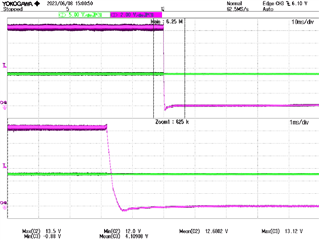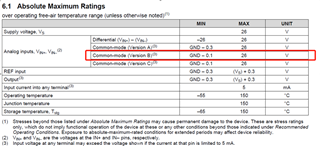Dear Support,
We are using the current-sense amplifiers INA210BIDCKR for output current monitor.
But it has some failed issue when working, analysis found that the pin4(IN+) and pin5(IN-) are shorted with GND.
In order to find the root cause, we catched some abnormal scope, and we cannot confirm if this scope can cause the IC broken.
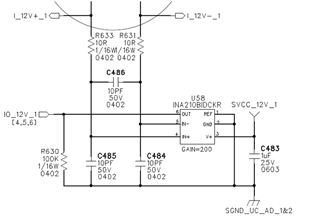
Our sample is two output 12V and paralled by oring, when only one 12Vo working, the INA210B of another circuit will generate leakage voltage, the scope are as follows,
Pin IN+ and IN- will slowly generate about 5V, pin V+ will generate about 1.8V, pin out will have 1.8V at sometime.
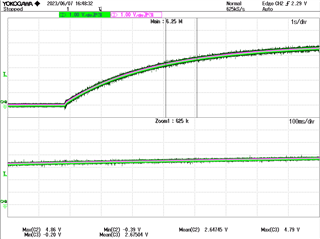
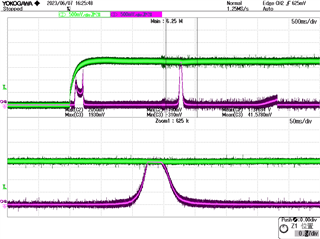
So we want to know if this leakage voltage will make IC broken, if not, what happened will cause the pin4(IN+) and pin5(IN-) shorted with GND?
Best regards,Felix


